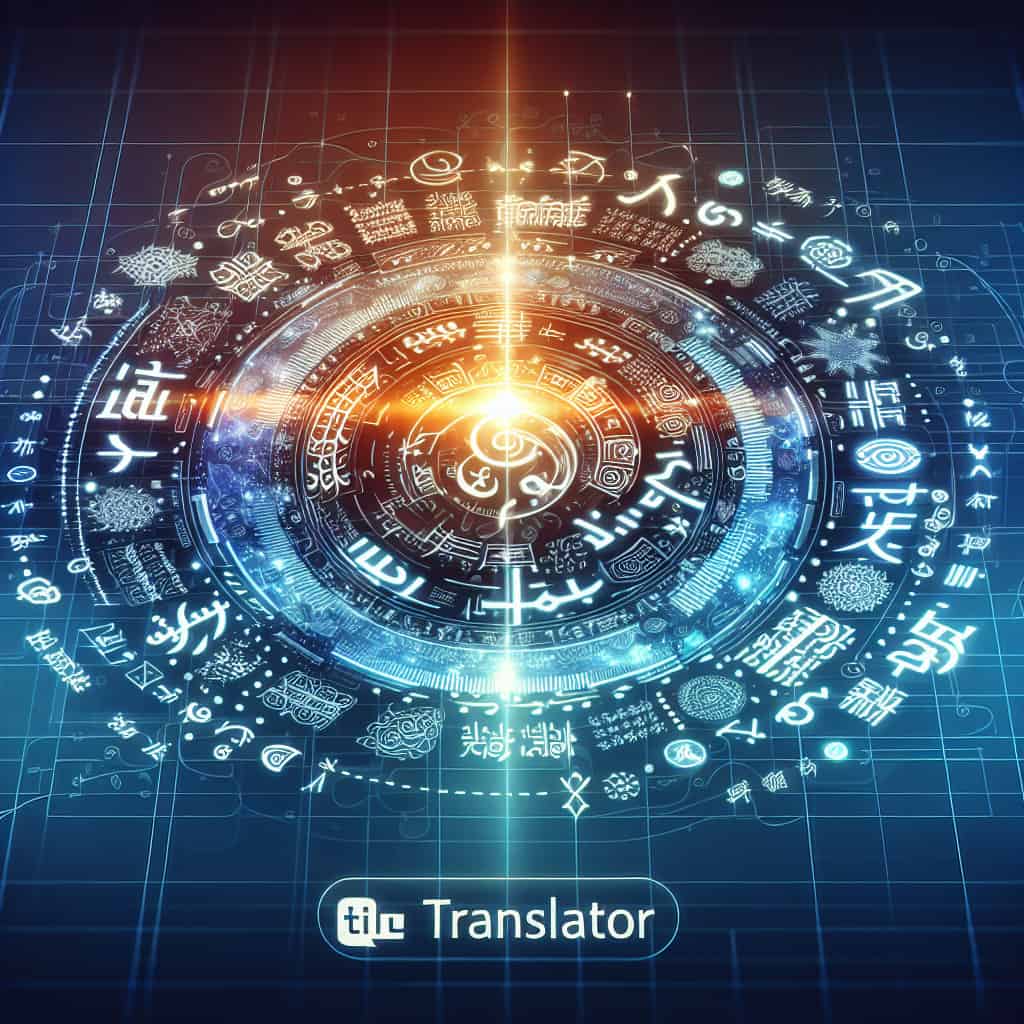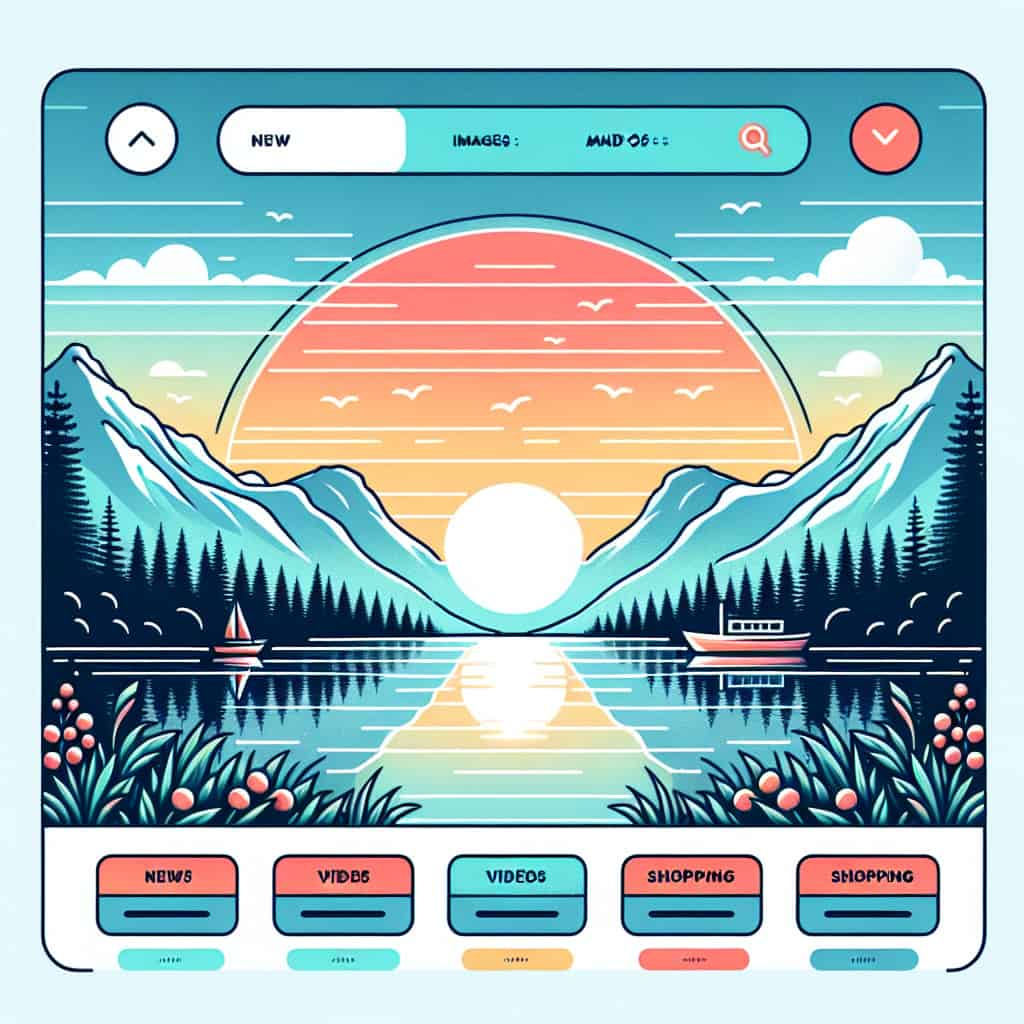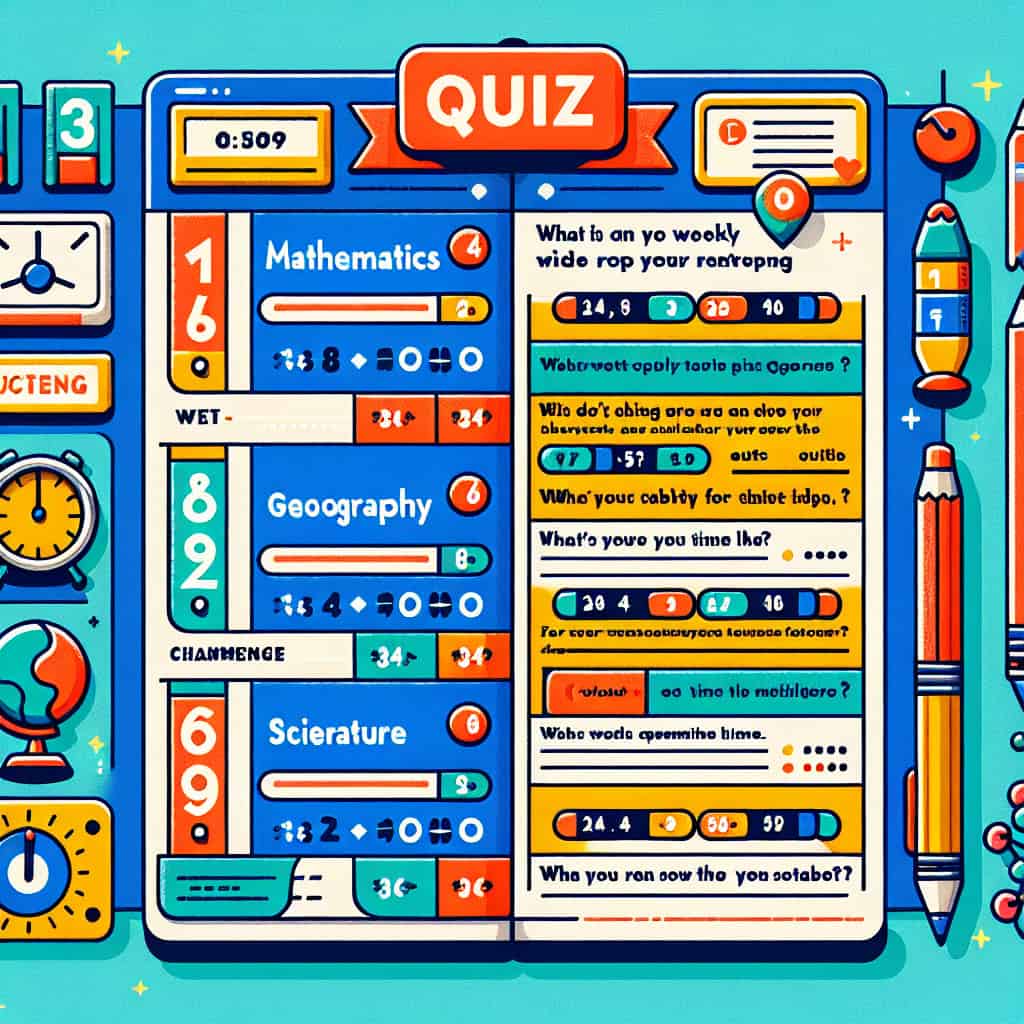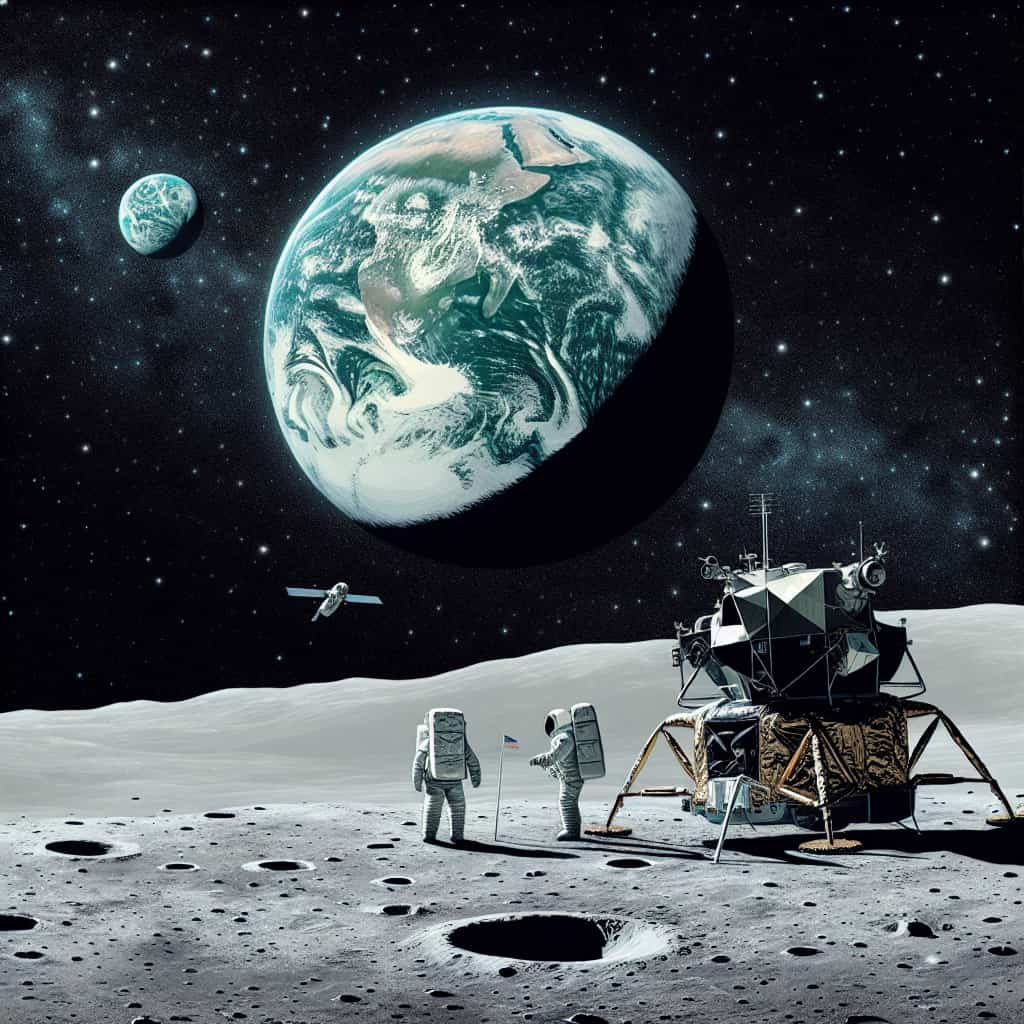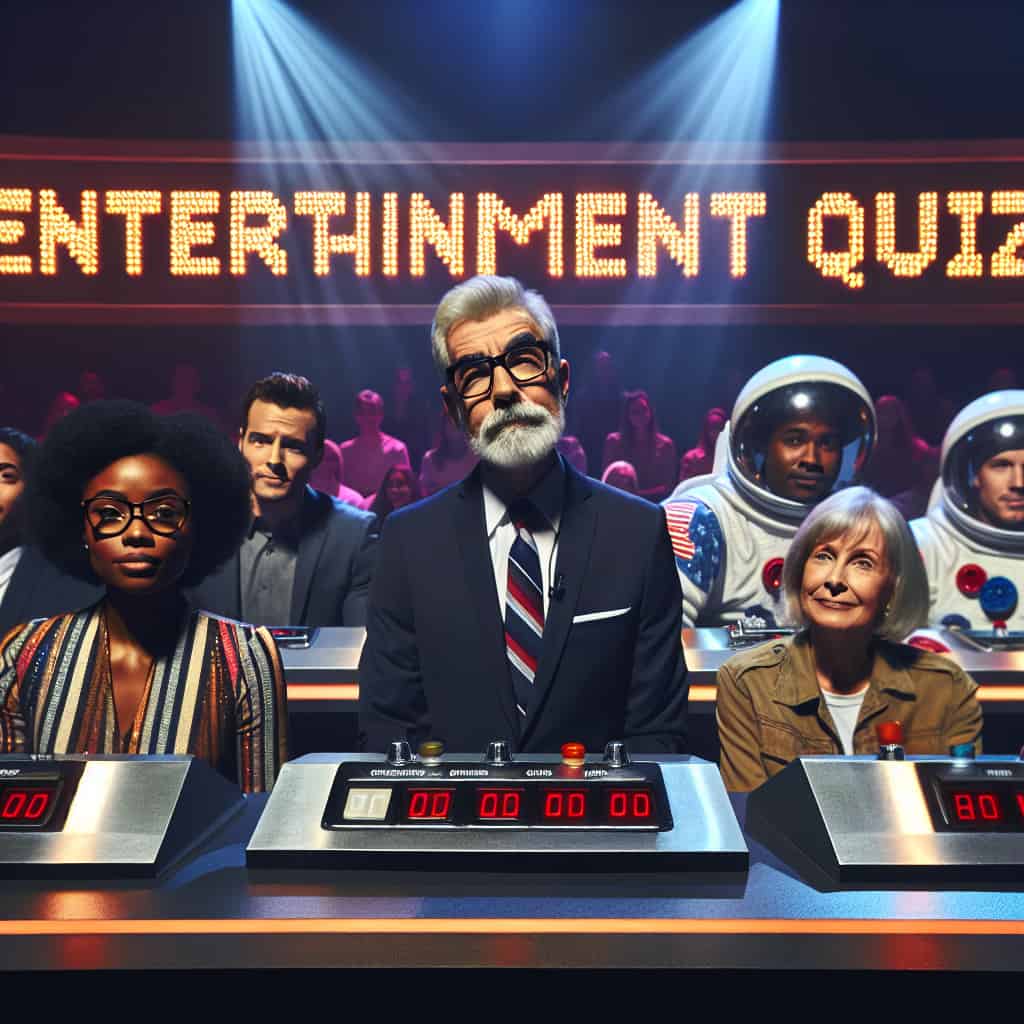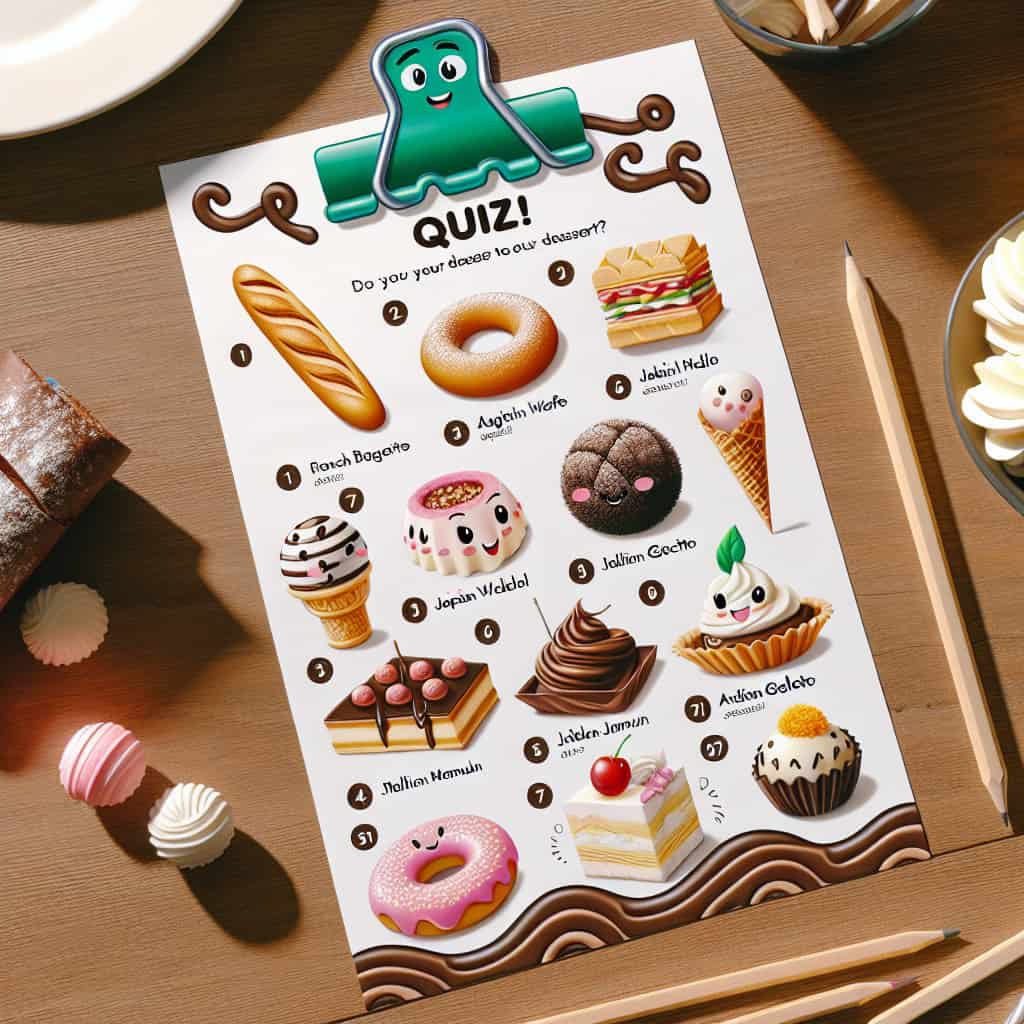**Unraveling the World of Bing Translation Quizzes: A Thematic Exploration**
Imagine you’re watching your favorite game show and suddenly, the host announces a new round where contestants have to translate phrases from different languages. The anticipation builds up, as players take turns trying to decipher seemingly incomprehensible lines. Sounds intriguing, right? Well, what if we told you that there’s a type of quiz out there that would satisfy your curiosity and fascination for language translations – a Bing translation quiz!
Embark with us on this whimsical journey through the world of Bing translation quizzes as we unravel their thematics, usefulness, and the ways you can master them or even create your very own!
**Let the Quest Begin: What is a Bing Translation Quiz?**
A Bing translation quiz is an engaging and entertaining challenge that tests your ability to translate phrases or sentences using Bing Translate – a popular online language translator by Microsoft. These quizzes offer a fun way to learn and explore new languages while sharpening your linguistic skills.
**Why are Bing Translation Quizzes Popular?**
In our increasingly interconnected world, the importance of learning different languages is growing rapidly. Bing translation quizzes tap into our innate curiosity about foreign languages and cultures, and they provide an interactive platform to bring people together. Moreover, these quizzes challenge our mental abilities, making them both fun and valuable learning tools.
1. **A Thematic Bonanza**
Bing translation quizzes come in all shapes and sizes, featuring a wide array of themes, topics, and languages. You can find quizzes based on movies, songs, quotes, and even cultural trivia. The thematic variety not only keeps things fresh and enjoyable but also ensures that there’s something for everyone.
2. **Brain-Boosting Benefits**
Translation-related tasks have been proven to enhance cognitive functions, improve memory, and foster problem-solving skills. By participating in Bing translation quizzes, you’re giving your brain a healthy workout and expanding your linguistic horizons.
3. **Global Connections**
There’s something particularly satisfying about being able to understand different languages, even if it’s just a phrase or two. These quizzes promote cultural awareness and encourage individuals to explore languages beyond their native ones.
**Mastering the Art of Bing Translation Quizzes**
Now that we know why these quizzes have captured the hearts of many, let’s examine how you can excel at them.
1. **Know Your Languages**
Begin by identifying which languages you’re most comfortable with or interested in learning. Take some time to study basic vocabulary, grammar rules, and pronunciation patterns in those languages before venturing into the world of Bing translation quizzes.
2. **Make Bing Translate Your Ally**
Familiarize yourself with Bing Translate by visiting their official website or downloading the app. Get comfortable using this tool, as it will be your main resource during these quizzes.
3. **Practice Makes Perfect**
The more quizzes you take, the better you’ll become at using Bing Translate to quickly and accurately translate phrases. Don’t be afraid to experiment with different themes and difficulty levels.
4. **Collaborate with Others**
Join online communities or forums dedicated to language learning and translation quizzes. Interacting with others who share your interests can help improve your skills while providing valuable feedback and support.
**Creating Your Own Bing Translation Quiz**
If you’ve already conquered numerous Bing translation quizzes and are looking to take things to the next level, then it’s time to create your own thematic challenge! Here’s how:
1. **Select an Interesting Theme**
Choose a theme that resonates with you or that will be engaging for your target audience.
2. **Compose the Questions**
Craft a set of questions that revolve around your chosen theme, ensuring they vary in difficulty to accommodate different skill levels.
3. **Integrate Bing Translate**
Incorporate Bing Translate into your quiz, providing participants with the opportunity to use this tool to solve your translation challenges.
4. **Share Your Creation**
Publish your quiz on social media, forums, or websites dedicated to translation quizzes, and invite others to test their translation prowess.
**In Conclusion: The Joys of Bing Translation Quizzes Unleashed**
Bing translation quizzes are not only an entertaining way to spend time but also a fantastic means for people to learn and appreciate different languages and cultures. They serve as a reminder that language translations can be both challenging and enjoyable.
Now that you have all the information you need to tackle these quizzes head-on, there’s nothing left to do but dive into the world of Bing translation quizzes and embark on your very own linguistic adventure! Who knows, you might just find yourself becoming the ultimate translation maestro! So, don’t wait around – start exploring and let the fun begin!
People Laugh At Bing. It’s 2X More Lucrative Than Google.
Top 5 AI Tools That Are BETTER Than ChatGPT, But Nobody is Using Them | Coding & Productivity Tools
How do I use Bing Translate?
In a quiz context, to use Bing Translate, follow these steps:
1. Visit the Bing Translate website: Go to https://www.bing.com/translator in your web browser.
2. Choose your languages: Select the desired source language (the language of your text) and target language (the language you want to translate into) from the dropdown menus.
3. Enter your text or quiz question: Type or copy and paste your quiz content into the left-side text box.
4. Get translation results: Bing Translate will automatically provide the translated text in the right-side text box. For quizzes, this could be questions, answers, or instructions for participants.
5. Check the translation quality: While Bing Translate is accurate, it’s important to proofread and verify the translated content to ensure it’s correct in the context of your quiz.
6. Incorporate translated content: Use the translated quiz materials in your quiz, either by copying and pasting the text or by integrating it with your quiz platform, if available.
Remember to proofread the translated content to ensure its accuracy and appropriateness in the context of your quiz.
Is Bing better than Google Translate?
In the context of quiz content creation, it’s essential to consider the effectiveness of translation tools like Bing Translator and Google Translate. Although Bing Translator has improved over time, Google Translate is often considered the more reliable and accurate option for translation due to its extensive language support and advanced machine learning algorithms. However, it’s important to remember that neither tool is perfect, and results may vary depending on the languages and specific phrases being translated.
Is Bing Translator the same as Microsoft Translator?
Yes, Bing Translator is the same as Microsoft Translator. Both are products developed by Microsoft for translating text and speech across multiple languages. These translation services use artificial intelligence and machine learning to provide accurate translations in real-time.
How accurate is Microsoft Bing Translator?
In the context of a quiz, the accuracy of Microsoft Bing Translator can be considered relatively reliable for simple sentences and translating common phrases. However, for more complex sentences or idioms, it may not provide an accurate translation. When creating quizzes, it is crucial to ensure that the translated content maintains its original meaning and context. Therefore, it is recommended to use Bing Translator as a starting point, but always consider having a human translator or native speaker review the content to ensure its accuracy and proper context.
Is Bing Translator free?
In the context of a quiz: Is Bing Translator free? Yes, Bing Translator, also known as Microsoft Translator, offers a free version with basic translation features. However, for more advanced features and higher usage limits, there are paid plans available.
How does Bing Translator differ from other translation services, such as Google Translate and DeepL?
Bing Translator is a translation service developed by Microsoft, which differs from other translation services like Google Translate and DeepL in several ways.
1. Translation algorithms: Each service uses its own unique algorithms and approaches to machine learning for providing translations. While Google Translate uses its advanced Neural Machine Translation, Bing Translator relies on Microsoft’s Translator Hub, and DeepL uses artificial intelligence technology based on neural networks.
2. Supported languages: Google Translate currently supports more languages, with over 100 options, while Bing Translator supports around 70 languages, and DeepL, being relatively new, has fewer languages (around 25) in its repertoire.
3. Integration and APIs: Google Translate and Bing Translator both offer extensive integration options and APIs for developers, whereas DeepL has a more limited API offering.
4. Additional features: Google Translate provides features such as offline translation, camera-based image translation, and conversation mode, which are not available on Bing Translator or DeepL. However, Bing Translator can be integrated with Microsoft products like Word and PowerPoint.
5. Accuracy and quality: Overall, the translation quality varies depending on the language pairs and context. DeepL has been praised for its high-quality translations, especially in European languages, while Bing Translator may provide better support for Microsoft-specific terminology.
In the context of a quiz, you could consider asking questions about the differences between these translation services, the number of languages supported, their unique features, or even specific examples of translation results.
Which language pairs are supported by Bing Translation, and how many languages can it translate in total?
Bing Translation supports a variety of language pairs for translation. It can translate text between 74 languages in total.
What is the underlying technology behind Bing Translation, and how does it ensure accurate and natural translations?
In the context of a quiz:
Question: What is the underlying technology behind Bing Translation, and how does it ensure accurate and natural translations?
Answer: The underlying technology behind Bing Translation is Neural Machine Translation (NMT), which utilizes deep learning algorithms to analyze text and produce more accurate and natural translations. By considering the context of each word, NMT ensures better translation quality compared to traditional statistical methods.
